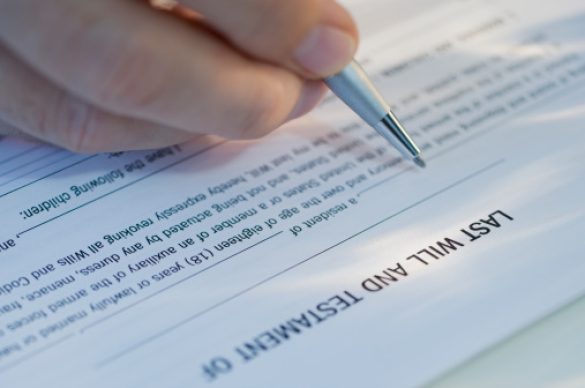

Am I entitled to an equal split of assets after separating?
Following a separation, many clients will come to a family lawyer for advice as to a property settlement believing that the property will be split straight down the middle, that is, a 50/50 split. They may otherwise assume that a 50/50 split is the starting point for negotiations as to a final property settlement.
Calculating a division of assets according to the law can be far more complex than people believe.
Firstly, the pool of assets and liabilities must be ascertained. This includes correctly identifying and valuing the assets and liabilities of the relationship. The net pool of property and its value is usually considered at the date of property settlement, even though this may be some months or even years after separation. This process can be particularly intricate where there are business interests, self-managed superannuation funds, family trusts and can be frustrated by a parties’ non-disclosure or deceit.
Secondly, the contributions made by each party to the acquisition and maintenance of those assets are to be considered and include:
- a parties’ direct and indirect financial contributions, such as property owned at the commencement of the relationship or property received as a gift,
- a parties’ direct and indirect non-financial contributions, such as unpaid work undertaken to property to improve its’ value;
- a parties’ contributions to the welfare of the family, including those made in the capacity of homemaker or parent.
Thirdly, the calculation must consider the future needs of each party in so far as they are relevant. Such considerations include the age, health and future earning capacity of each party, and whether either parent is the primary carer of the children of the relationship.
Finally, the Court must consider whether it is “just and equitable.
As you can see, a 50/50 split is a common misconception.
Latest Posts
Why is Estate Planning so important?
Estate planning is essential for securing your legacy and managing your affairs, not just for after you’re gone, but also to prepare for unexpected events...
5 Life Events that may have you consider making a Will
"I should really get my Will done”, is a regular refrain. In a busy world it is hard to find the time or the right motivation to go ahead and get it done....



